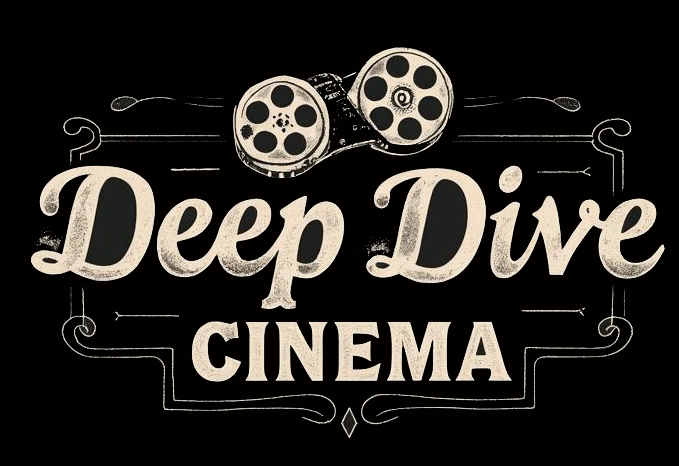🕰️ Historical Context
Greed was good, neon was king, and rebellion found its way to both the multiplex and the mom-and-pop video store. As Reaganism ruled and counterculture splintered, cinema embraced excess, eroticism, and synthetic dreams. This was the era of the blockbuster—and the backroom rental shelf.
The Erotic Outlaws & VHS Dreams era (1980–1996) was a cinematic wild west, lit by neon and grainy magnetic tape. The rise of VHS technology changed everything—film became portable, personal, and suddenly within reach of rebels, renegades, and outsiders.
This era ushered in a wave of low-budget experimental cinema that often defied convention and censorship. Erotic thrillers, exploitation gems, and cult fantasies flourished—fueled by a generation of DIY directors and the thirst for taboo storytelling.
📌 Key Points
- VHS revolutionized distribution, bringing cinema into living rooms worldwide
- Sexual liberation and cultural shifts shaped bold, provocative narratives
- Subgenres exploded: erotic thrillers, midnight horror, gonzo action
- Indie filmmakers bypassed the studio gates and rewrote the rules
- This era's legacy fuels today’s indie and underground scenes
🔁 Common Themes
- Rise of VHS and home video culture
- Sexual liberation and cultural rebellion
- The spirit of independent, low-budget filmmaking
- Exploitation cinema embraced and subverted
(Mentioned by: Google Gemini, Perplexity.ai, LLaMA 3, ChatGPT-4o, Grok, Mistral AI, Claude 3 Sonnet, Deepseek)
🕵️ Notable Differences
- Google Gemini: Emphasized exploitation cinema’s stylistic influence
- Perplexity.ai: Focused on censorship battles and cultural tension
- LLaMA 3 & ChatGPT-4o: Spotlighted DIY filmmaking innovation
- Grok & Mistral AI: Zoomed in on subgenre evolution and cult filmography
💡 Unique Model Perspectives
- Google Gemini: Exploitation cinema’s fusion with genre tropes
- Perplexity.ai: Censorship and cultural provocation under pressure
📽️ Technology & Filmmaking
- VHS revolutionized home viewing and erotic thrillers became household staples
- Analog synth scores, fog machines, and backlit silhouettes defined visual tropes
- Practical effects (body horror, animatronics) reigned until CGI crept in
- Montage editing, music videos, and high-concept pitching ruled Hollywood
🎭 Archetypes & Attitudes
Outlaws replaced antiheroes. The erotic thriller queen emerged: dangerous, desirable, and unrepentant. Meanwhile, VHS horror, raunch comedies, and femme-fronted indies took bold risks in the margins. Star power splintered: Stallone, Streep, Cruise, and Cage all lived in different cinematic planets.
🎞️ Notable Films & Movements
- Basic Instinct (1992) – Ice picks and interrogation fantasies
- Blue Velvet (1986) – Suburbia, severed ears, and sexual dread
- Videodrome (1983) – Flesh meets frequency
- Showgirls (1995) – Camp iconography via neon sleaze
📰 Rumors, Reels & Headlines
Tabloids became kingmakers. Erotic thrillers dominated late-night cable. Indie cinema rose through Sundance, while video stores quietly curated cult legacies. The line between prestige and pulp blurred—then collapsed entirely.

